WILL ROGERS AIR NATIONAL GUARD BASE, Okla. —
The 137th Combat Training Flight (CTF) taught 33 students land navigation, radio communication and radio programming skills during Mission Sustainment Team (MST) training held at Will Rogers Air National Guard Base, Oklahoma City, Feb. 7-10, 2022.
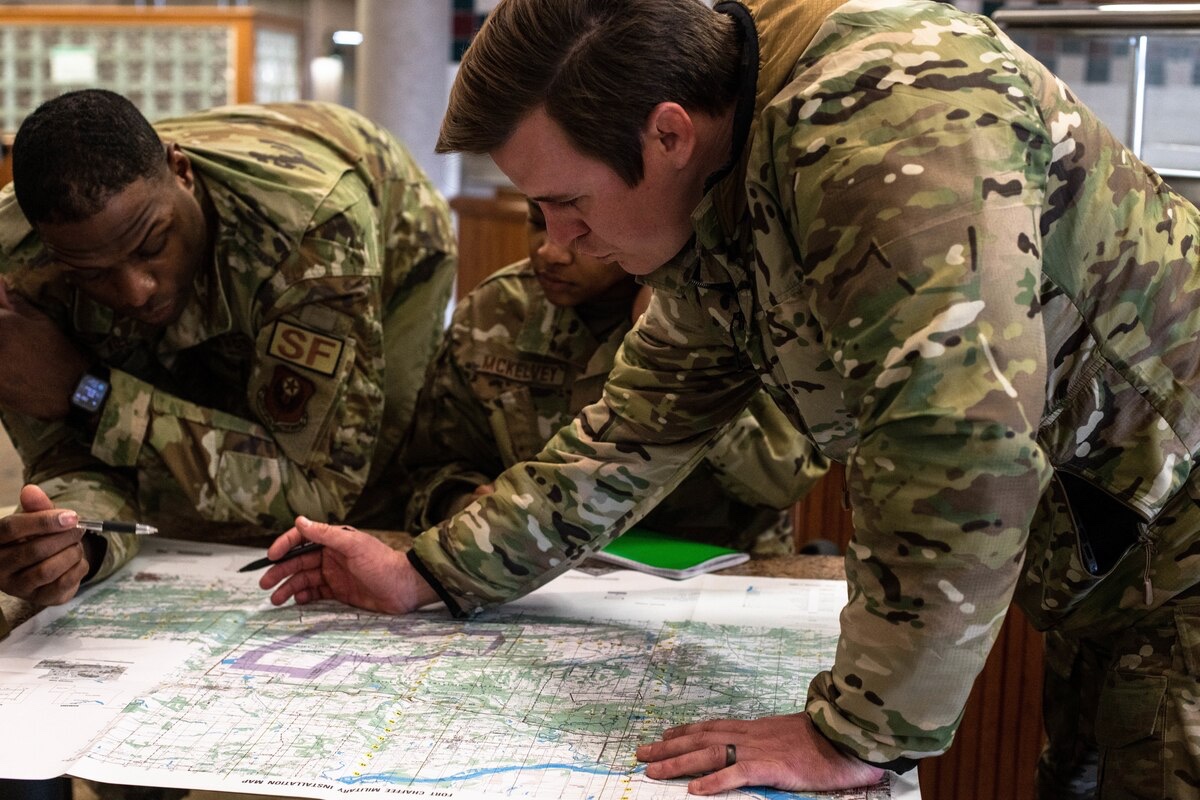
The students, from squadrons around the base, were divided into two teams and learned from four 137th CTF instructors throughout the week. The MST members worked with specialized equipment and learned how to read maps, find a grid coordinate, and use compasses to navigate over terrain.
“With this training we are taking a skill set we have built specifically for joint terminal attack controller qualification and are transferring that to the rest of the force,” said Maj. Jeffrey Hansen, 137th CTF director of operations. “Using our instructors’ teaching experience means we are more effectively tailoring the classes to the students, who range from tactical backgrounds like security forces members to technical backgrounds like civil engineers.”
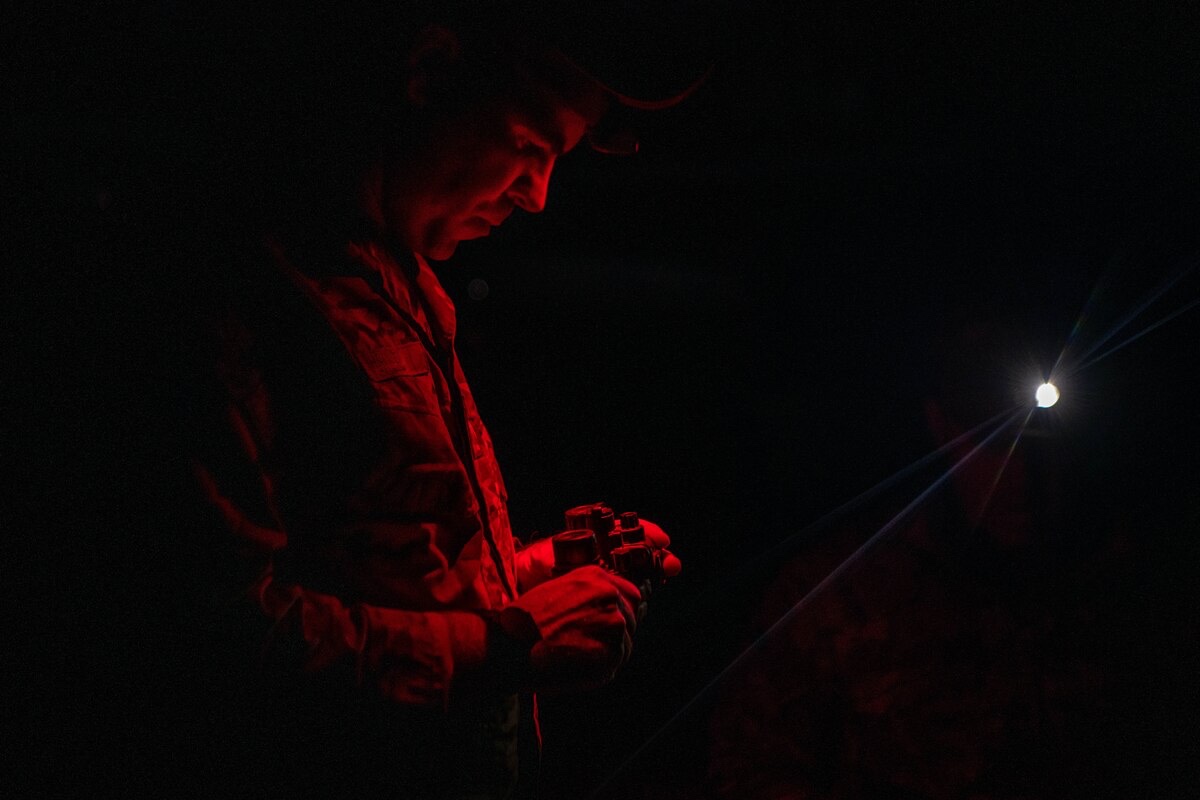
Learning skills outside of regular training will ensure long-term mission sustainment in austere locations, making Airmen more capable to operate in diverse deployed environments.
“It was good going back to basics as far as land navigation, moving as a team with a weapon and pulling security,” said Tech. Sgt. Justin Davis, 137th CTF joint terminal attack controller (JTAC) qualification course manager. “These skills — for our Air Force specialty — are some of the first we learn because they are how we get to work. It was interesting finding the cutoff of what we needed to teach these students to help them understand basic land navigation and radio operation without getting into the weeds of the specific skills we instruct that help a JTAC drop bombs.”
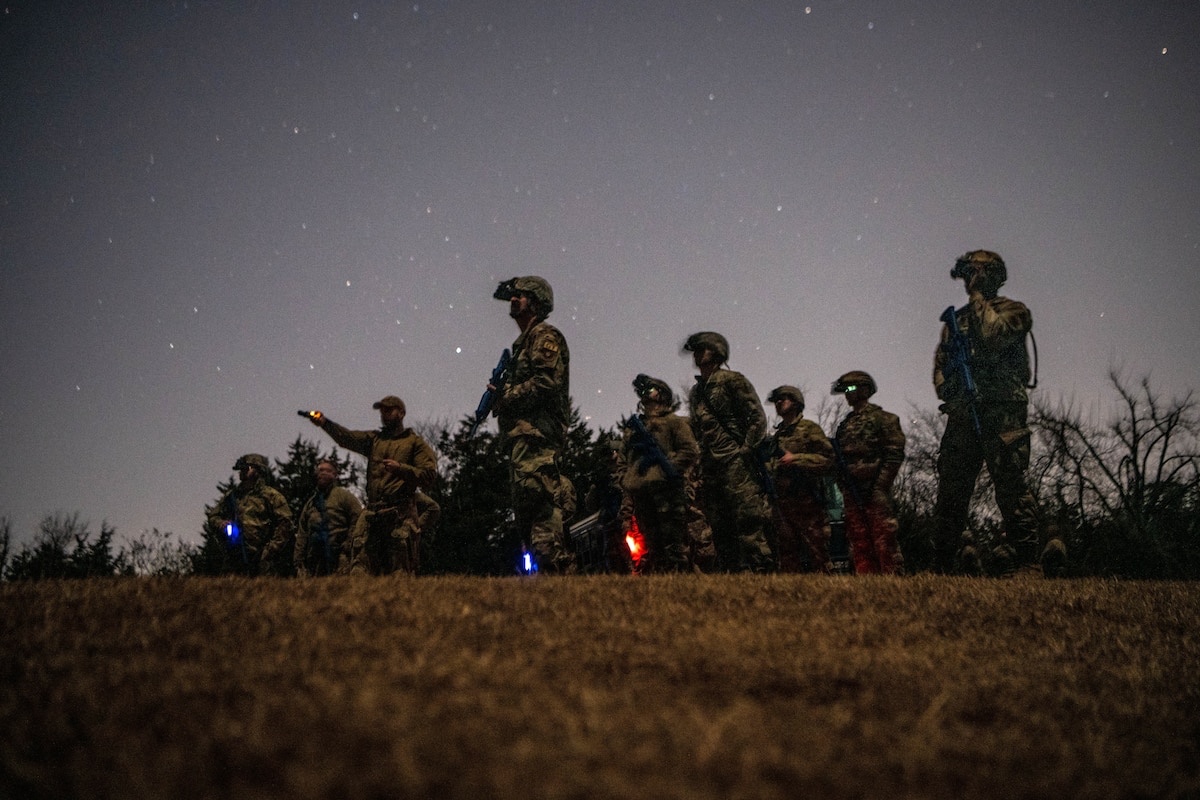
One day of training consisted of land navigation skill development in the field. Instructors set up points and gave students a grid location. Students then plotted a trail to find and report those points using maps, compasses and protractors. Once they reported their first checkpoint, the Airmen were given the location for the next one.
“All of the skills we learned were brand new to me, so it was difficult to learn it all in the span of a week,” said Senior Airman Andrea Kuzilik, a services specialist with the 137th Special Operations Force Support Squadron. “The instructors were great, and super hands-on. It definitely got better the more we ran through it, and the field day really helped put everything together.”
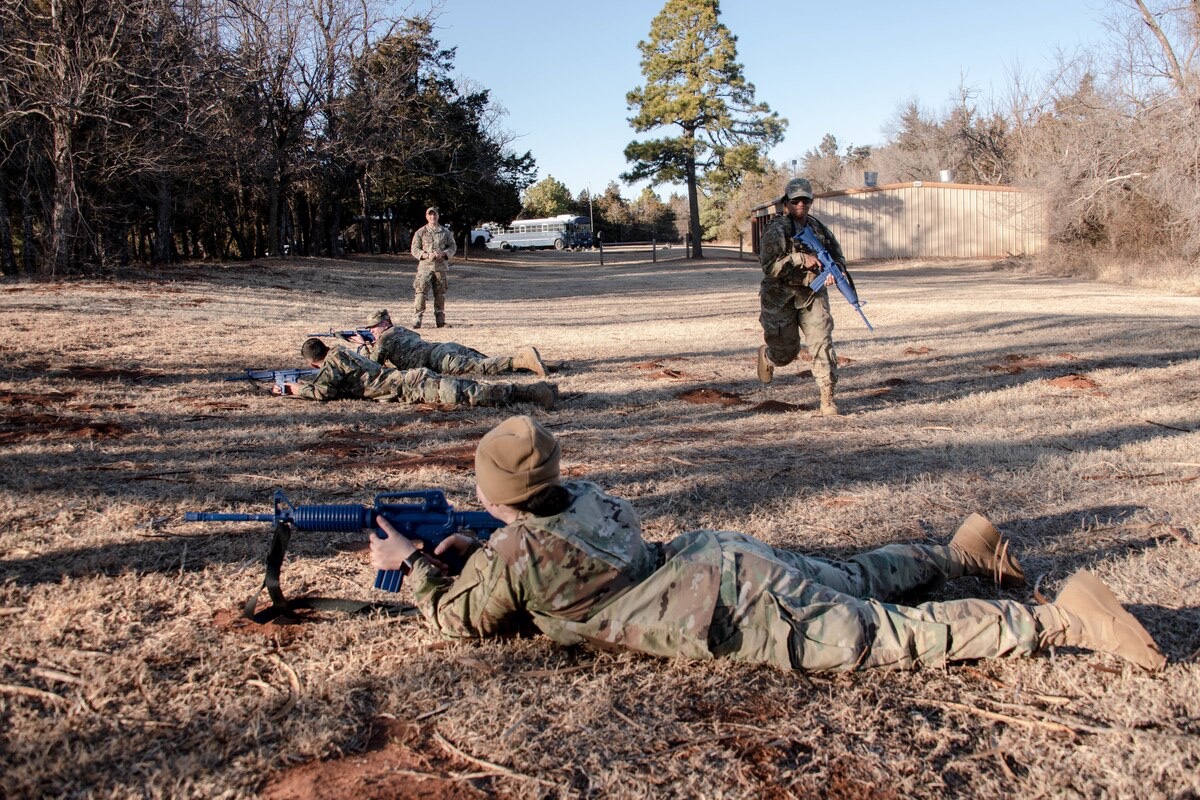
This exercise tested students’ radio programming and communication skills in addition to navigation. Students also learned how to move in a formation, react as a team to a direct contact with an adversary, and use night vision goggles to move in the dark and drive a Humvee.
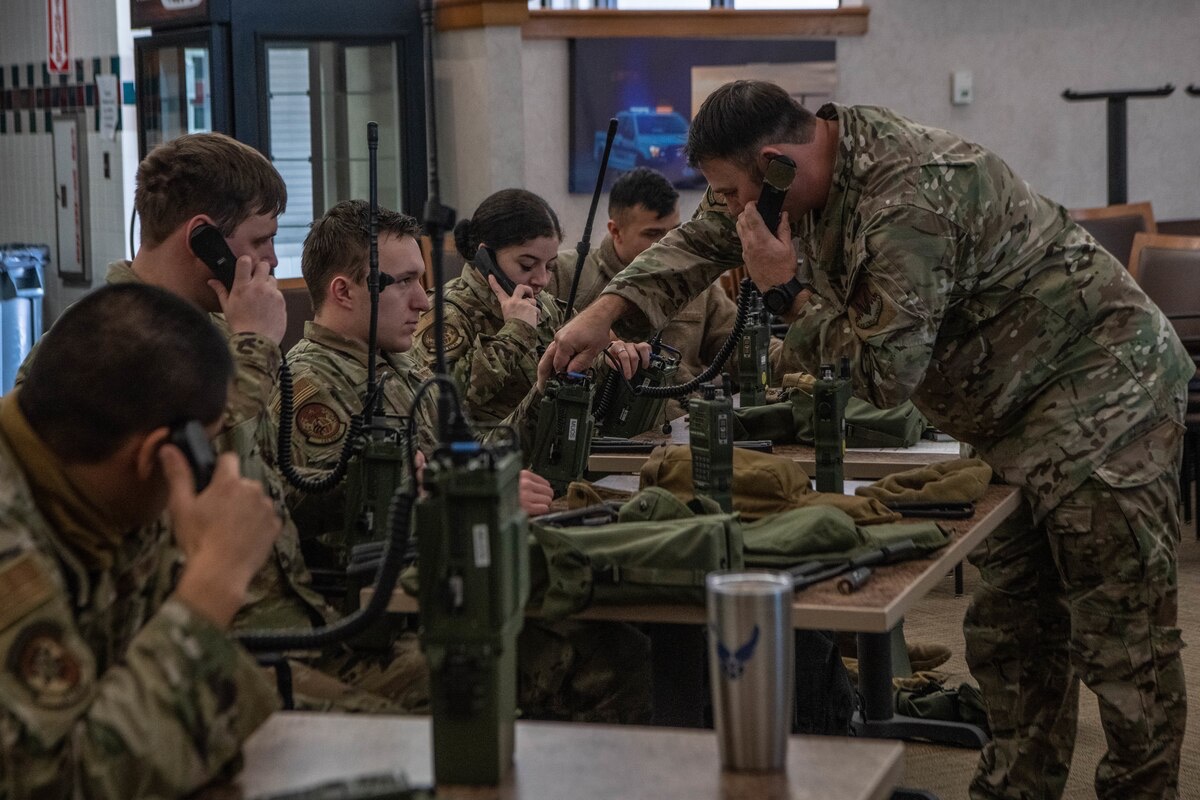
“It was good to see the different Air Force specialties come together for a common purpose during the training,” said Davis. “I think we as instructors are also excited to improve and streamline the course with each training iteration, especially because we saw a successful end result with this initial class using these skills in a practical setting versus a classroom setting.”
By TSgt Brigette Waltermire, 137th Special Operations Wing



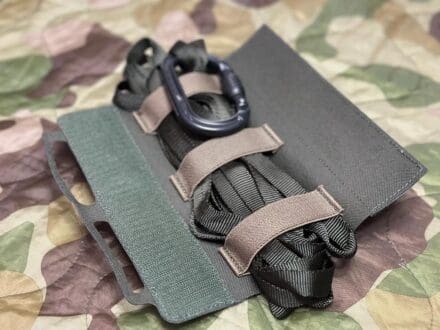
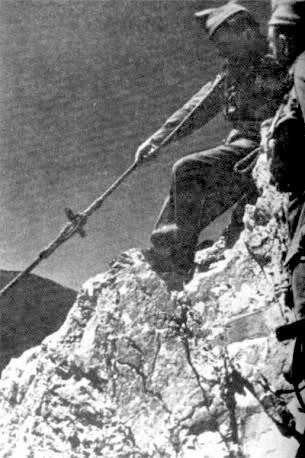
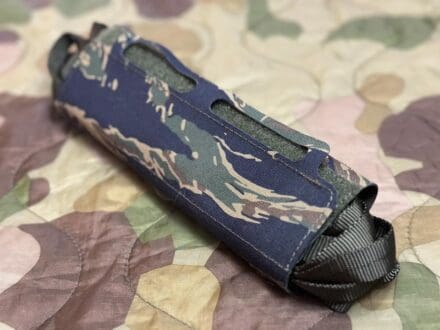


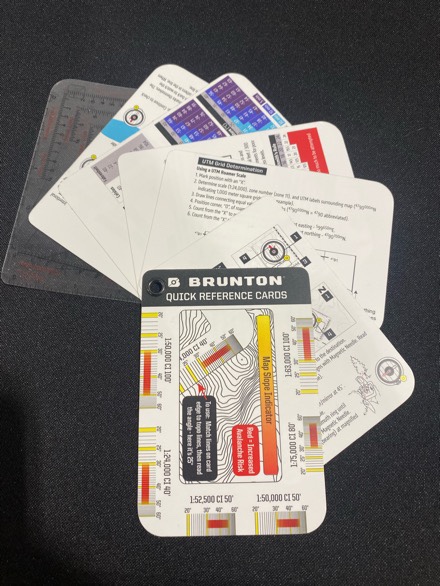
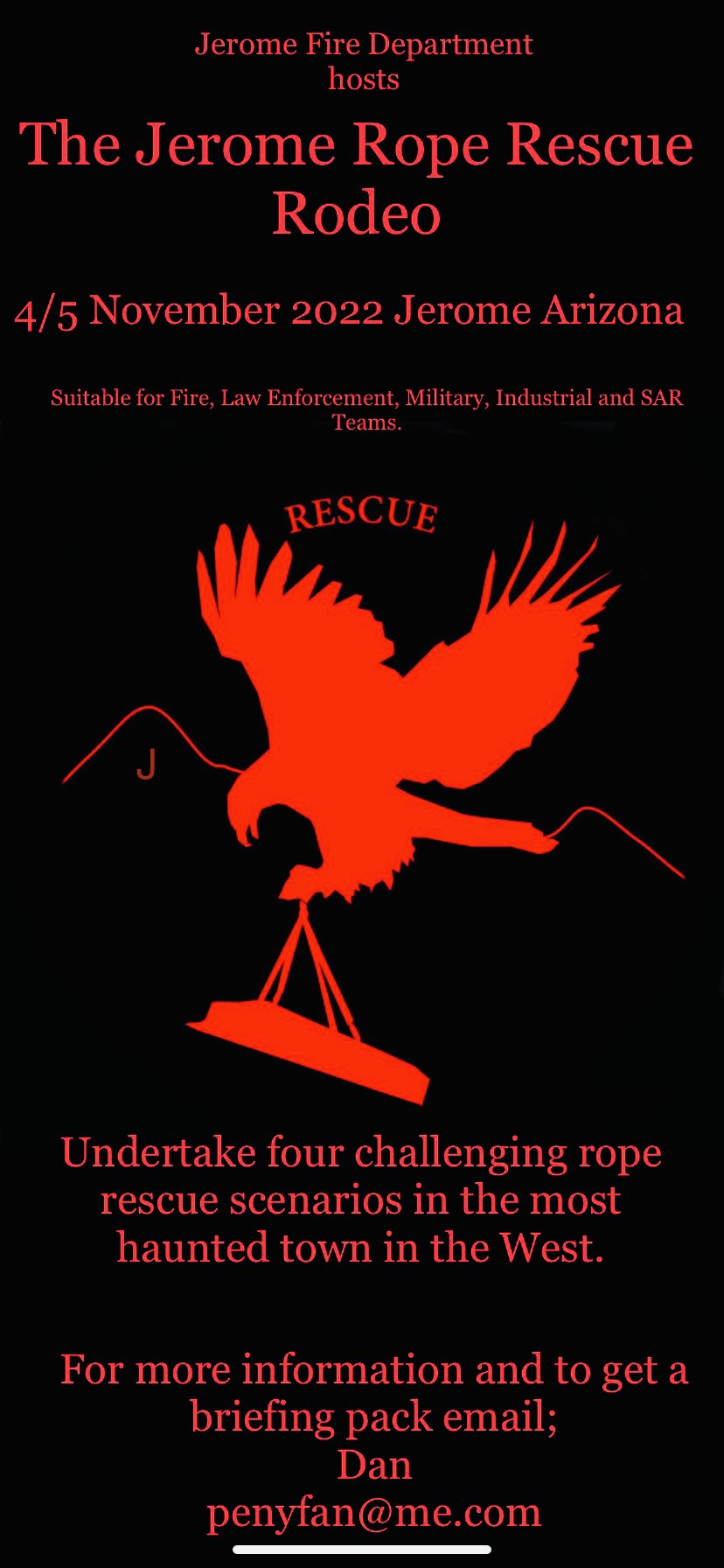 The Jerome fire department is seeking teams to compete in their Rope Rescue Competition, November 4-5 2022 in Jerome, Arizona. ?
The Jerome fire department is seeking teams to compete in their Rope Rescue Competition, November 4-5 2022 in Jerome, Arizona. ?


















































































































